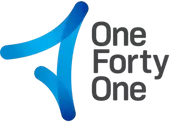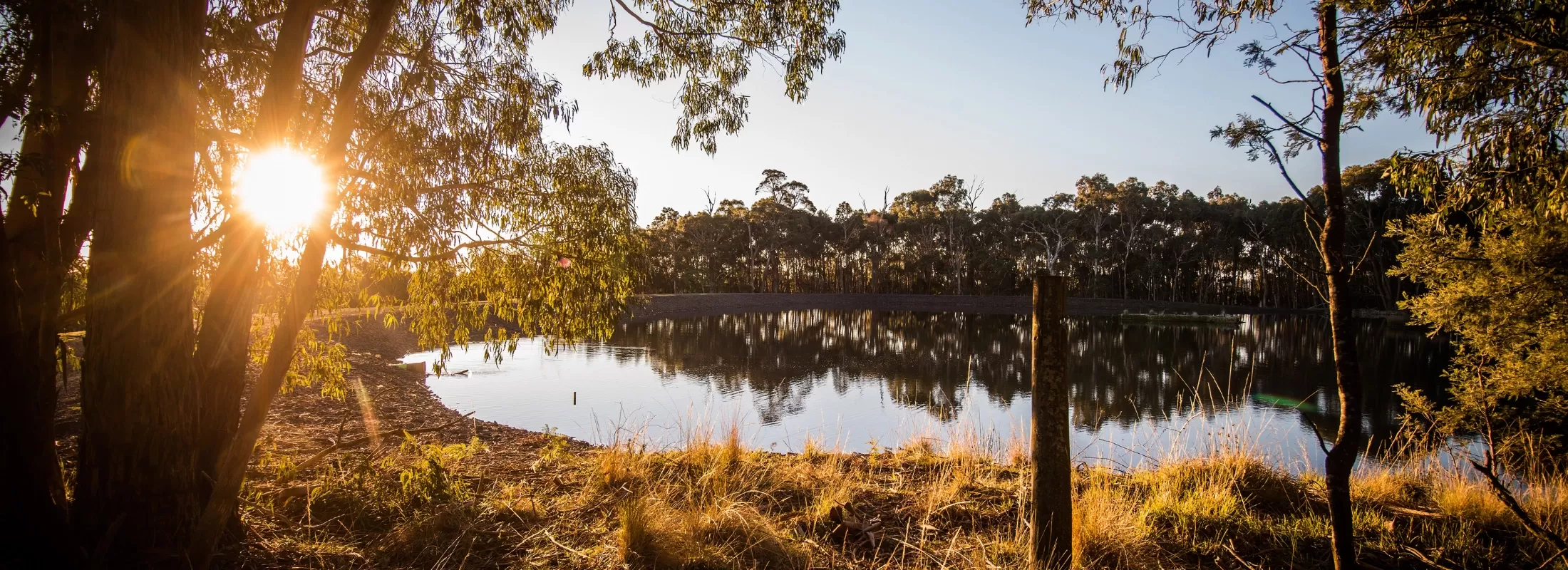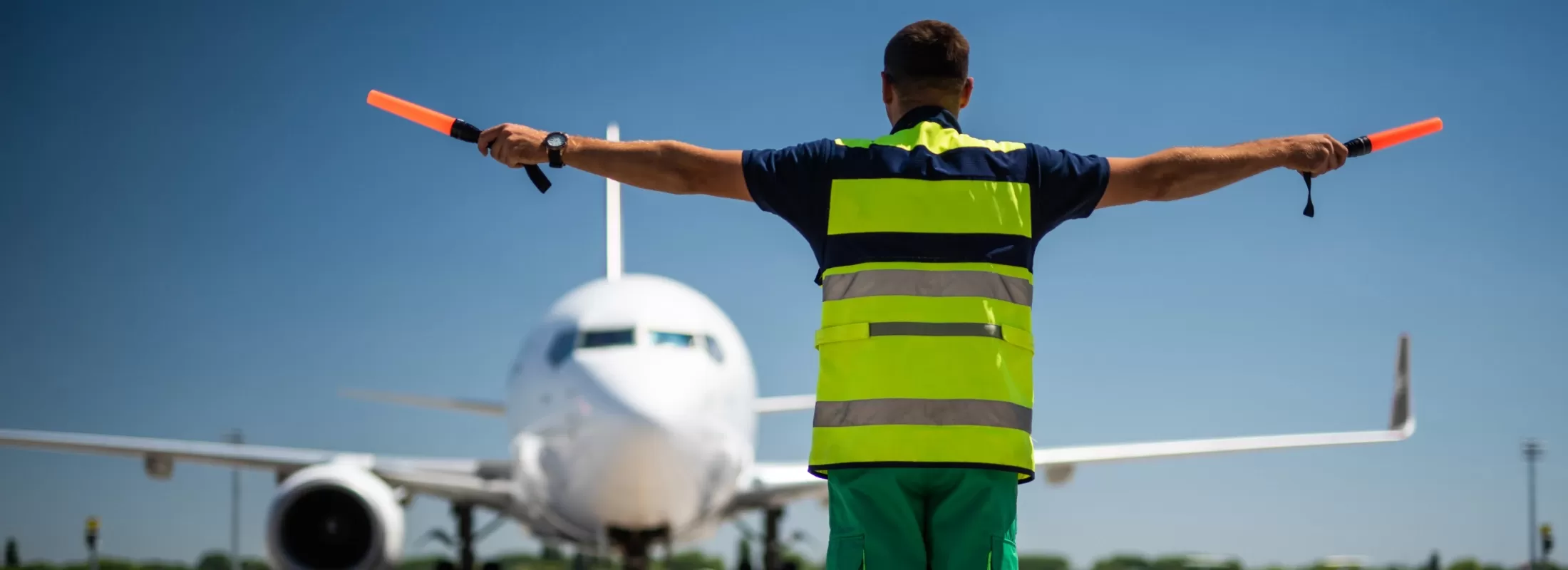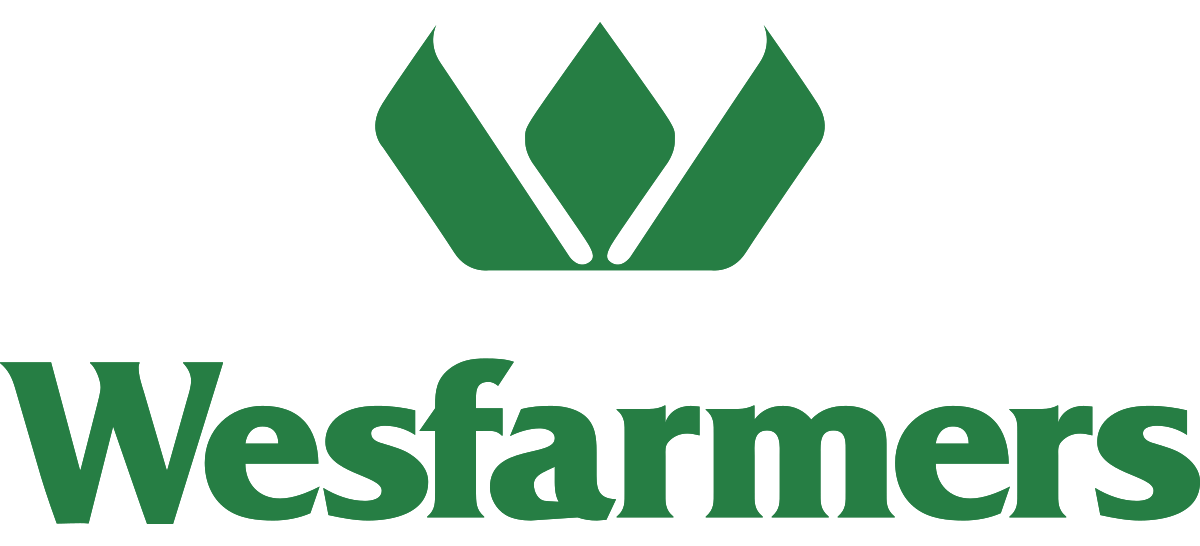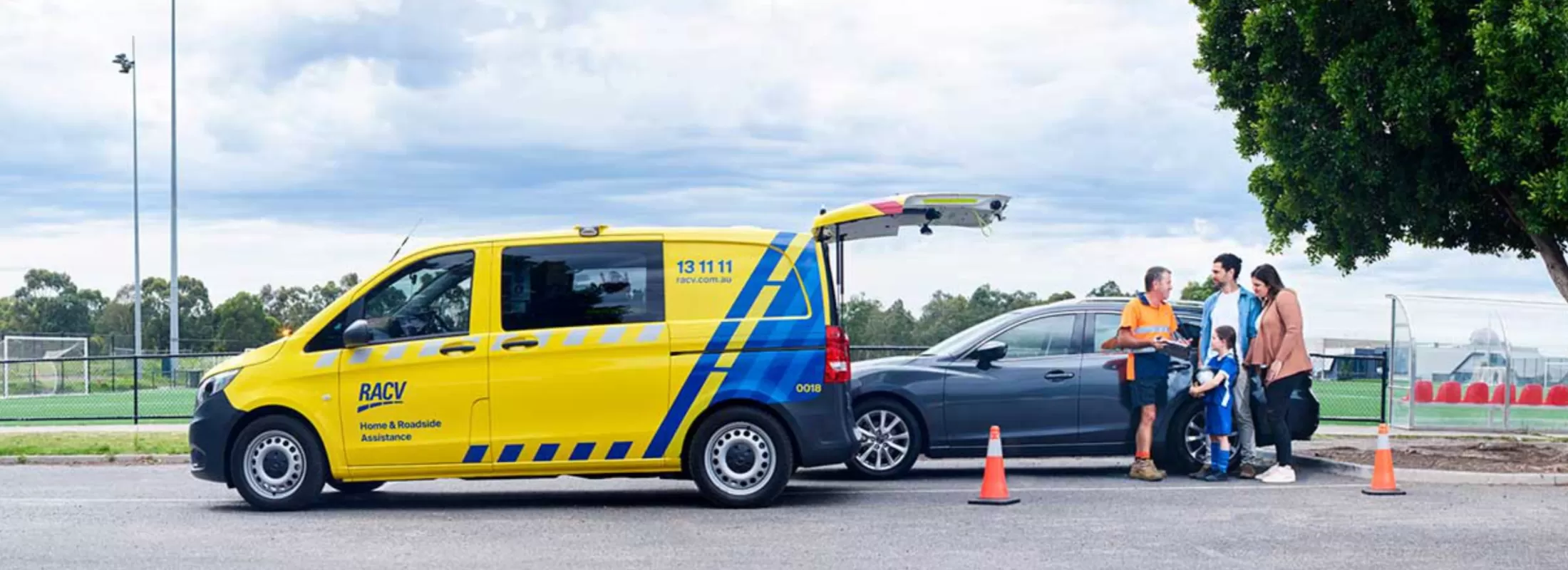Case Study
Victoria State Emergency Service – lights and sirens review
Overview
The SES supports local communities during emergency situations like fire, floods and storms. Sometimes, that support demands urgent attention through road rescue, which requires Emergency Vehicle Response Driving (EVRD). EVRD provides the conditions under which emergency response vehicles can be driven while responding to an incident using lights and sirens – for example, which standard road rules the vehicle is temporarily exempt from.
However, EVRD can be one of the most dangerous activities performed, so robust training is required to ensure drivers have the skills and capacity to undertake it while meeting their responsibility of keeping the community safe.
The Challenge
Because SES Victoria units are spread across the state and volunteer-run, they face unique challenges around ensuring the completion of practical EVRD skills training – challenges other organisations performing EVRD (for example, Victoria Police) do not always face.
As a result, units had begun to rely on a combination of e-learning and ad-hoc unit-developed practical approaches that SES recognised was not ideal. It was recognised, for example, that an e-learning approach – while meeting the need of accessibility for the dispersed volunteer workforce – could only really deliver a driver’s legislative responsibilities, and not the practical driving skills required for this high-risk work. So, the challenge remained to design an approach that could be brought to units while still providing the skills-based training required.
SES command therefore reached out to Verus to assist with elevating their EVRD training approach to better support their volunteers and the communities they serve.
Project Goals
- Determine whether the existing program was suitable to effectively control the risks around EVRD.
- Look at whether more could be done to improve management of these risks.
- Consider what training approaches other emergency services have used, and how to potentially adapt these to the unique situation of volunteer SES units.
The Insight
As well as extensive experience evaluating internal training programs, the key point of value we were able to bring to the SES was our ability – developed through work as a close, trusted partner to organisations on a range of projects over the years – to immerse ourselves in the world of the SES and get rapidly up-to-speed with the unique challenges of the high-risk activities SES volunteers often have to undertake.
This hands-on, partnering approach means we can quickly develop trusting relationships and close insights, giving us a strong foundation upon which to design a tailored approach that is more likely to be sustainable and successful for our client.
The Solution
- Consulted across Victorian SES units to understand their unique needs and highlight areas for improvement.
- Consulted with other emergency services organisations to review their solutions and consider how they might apply to the SES.
- Evaluated risks in consultation with Victorian SES management.
- Uplifted existing program to contain greater practical application of EVRD, presenting both short and medium-term options – short to address immediate needs and medium to enable proper design of solutions.
- Recommended formal testing of driving aptitudes and attitudes, and the use of technology (such as virtual reality) to provide practical local training and competency assessment.
Related Projects
Verus works closely across a number of industries to bring more practical safety solutions to the focus for some of Australia's most recognised brands.



